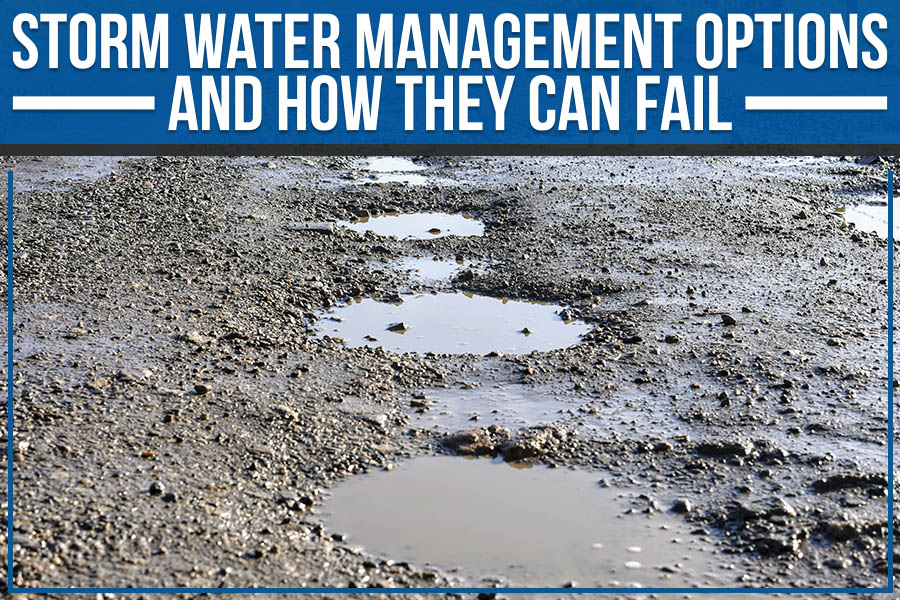
When it comes to rain and storms, most people think about umbrellas, ponchos, and staying dry. However, in city planning and engineering, stormwater is a considerable concern. When rain falls on paved surfaces like roads and parking lots, the water doesn’t soak into the ground like in nature. Instead, the water rushes over these hard surfaces, leading to severe flooding problems.
In this blog post, we’ll explore some of the different stormwater management options available to cities and engineers and see why they can fail. Stay dry city dweller!
What’s the Need for Storm Water Management?
As we mentioned before, stormwater can lead to serious flooding problems. Flooding can damage homes and businesses, destroy crops, contaminate drinking water, and lead to injuries and even fatalities.
Flooding also causes a lot of environmental damage. When stormwater rushes over the land, it can pick up pollutants like oil, grease, and chemicals. This polluted water then flows into rivers, lakes, and streams, harming plant and animal life.
Stormwater can also erode soil, leading to landslides. And when stormwater mixes with sewage, it can create health hazards for people and animals.
So, what can be done to manage stormwater and prevent all of these problems?
Ways to Manage Storm Water:
Stormwater management options include both structural and non-structural methods. We will look further into the structural plan.
Structural methods involve the construction of physical structures like dams, levees, and retention ponds.
None of the methods are fail-proof, but they can effectively manage stormwater when they are used together.
Green Infrastructure:
Green roofs are a significant component of green infrastructure. Green roofs are vegetated roofs that help to absorb water and reduce runoff. They can also help to insulate a building and lower energy costs. Green roofs are deceptively simple and very effective, but they require maintenance and can be expensive to install.
Detention Basins and Retention Ponds:
Detention basins and retention ponds are standard water management tools. They are usually excavated areas that collect and detain water until it can be released slowly into the environment. These water management tools can be very effective but require regular maintenance and can become breeding grounds for mosquitoes.
Vegetated Swales:
Vegetated swales are shallow, grass-lined channels that collect and filter water. They are often used with other water management tools, such as detention ponds. Swales can be an effective water management tool but require regular mowing and maintenance. They can become overgrown and clogged with debris if they are not properly maintained.
Rain Gardens:
Rain gardens are shallow depressions constructed in the landscape to collect and filter water. They are often planted with native plants that are tolerant of wet conditions. Rain gardens naturally remove pollutants from water, but they require regular maintenance. Rain gardens can effectively manage water, but constructing one requires much space.
Grey Infrastructure:
Grey infrastructure is a term used to describe traditional water management systems such as storm sewers, pipes, and treatment plants. Grey infrastructure is designed to move water away from developed areas as quickly as possible. While grey infrastructure effectively manages stormwater, it can also be costly to build and maintain. In addition, grey infrastructure can create environmental problems such as water pollution and habitat loss.
Conclusion:
Stormwater management systems are an amalgamation of both green and grey infrastructure. Cleaning, managing, and reusing water is essential to the future of water management.
At Bay Country Contractors, serving Stafford, VA, we understand the importance of water management. We have a team of experts who can help you choose and install the right stormwater management system for your residential or commercial property.



